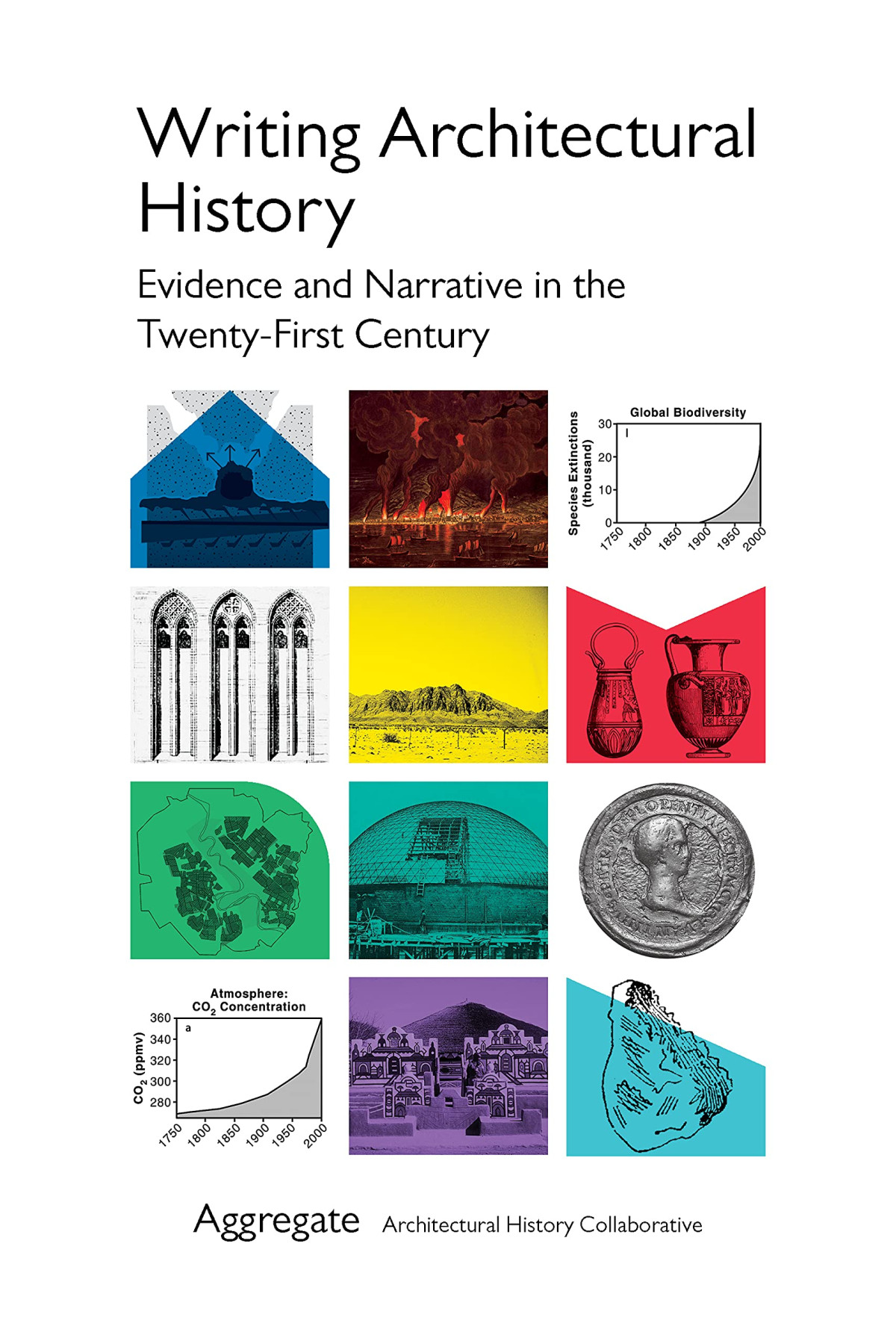

Most ebook files are in PDF format, so you can easily read them using various software such as Foxit Reader or directly on the Google Chrome browser.
Some ebook files are released by publishers in other formats such as .awz, .mobi, .epub, .fb2, etc. You may need to install specific software to read these formats on mobile/PC, such as Calibre.
Please read the tutorial at this link: https://ebookbell.com/faq
We offer FREE conversion to the popular formats you request; however, this may take some time. Therefore, right after payment, please email us, and we will try to provide the service as quickly as possible.
For some exceptional file formats or broken links (if any), please refrain from opening any disputes. Instead, email us first, and we will try to assist within a maximum of 6 hours.
EbookBell Team

0.0
0 reviewsOver the past two decades, scholarship in architectural history has transformed, moving away from design studio pedagogy and postmodern historicism to draw instead from trends in critical theory focusing on gender, race, the environment, and more recently global history, connecting to revisionist trends in other fields. With examples across space and time—from medieval European coin trials and eighteenth-century Haitian revolutionary buildings to Weimar German construction firms and present-day African refugee camps—Writing Architectural Historyconsiders the impact of these shifting institutional landscapes and disciplinary positionings for architectural history. Contributors reveal how new methodological approaches have developed interdisciplinary research beyond the traditional boundaries of art history departments and architecture schools, and explore the challenges and opportunities presented by conventional and unorthodox forms of evidence and narrative, the tools used to write history.